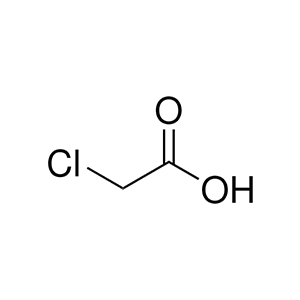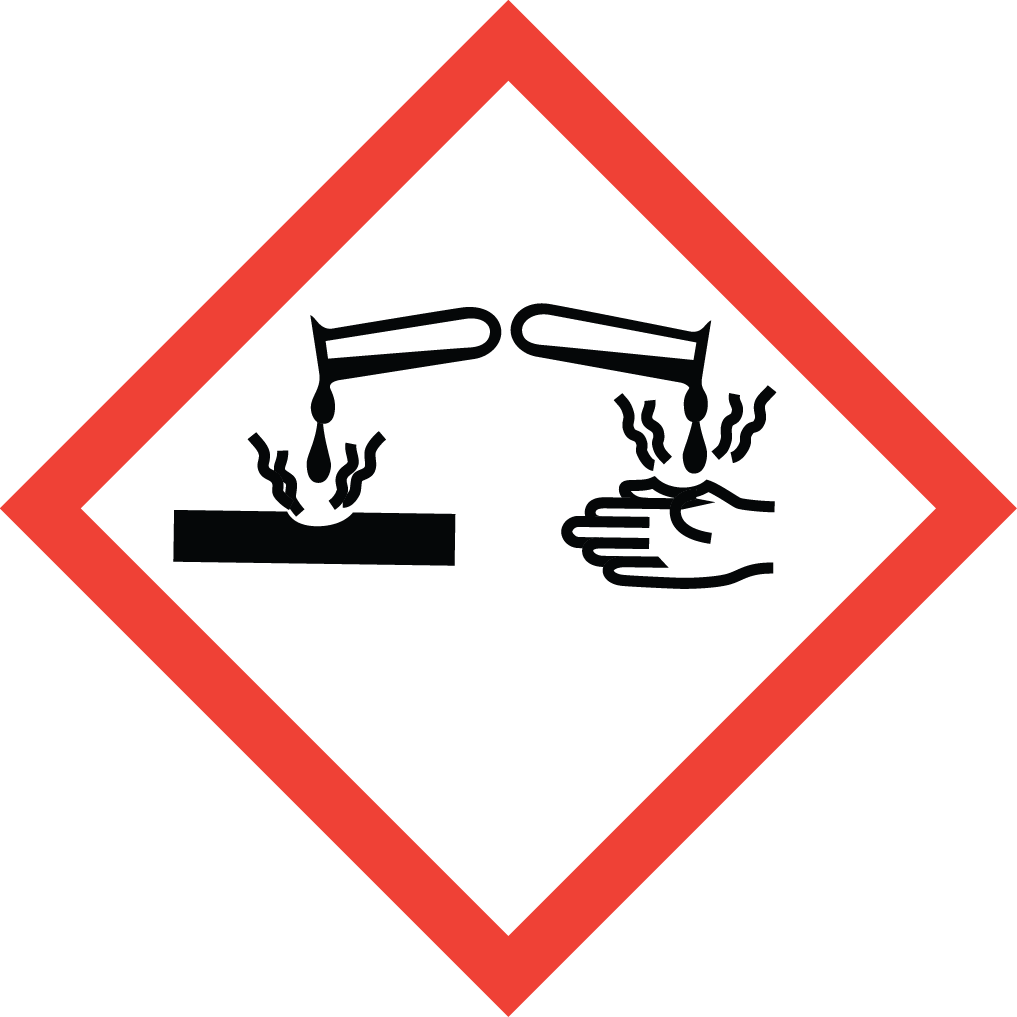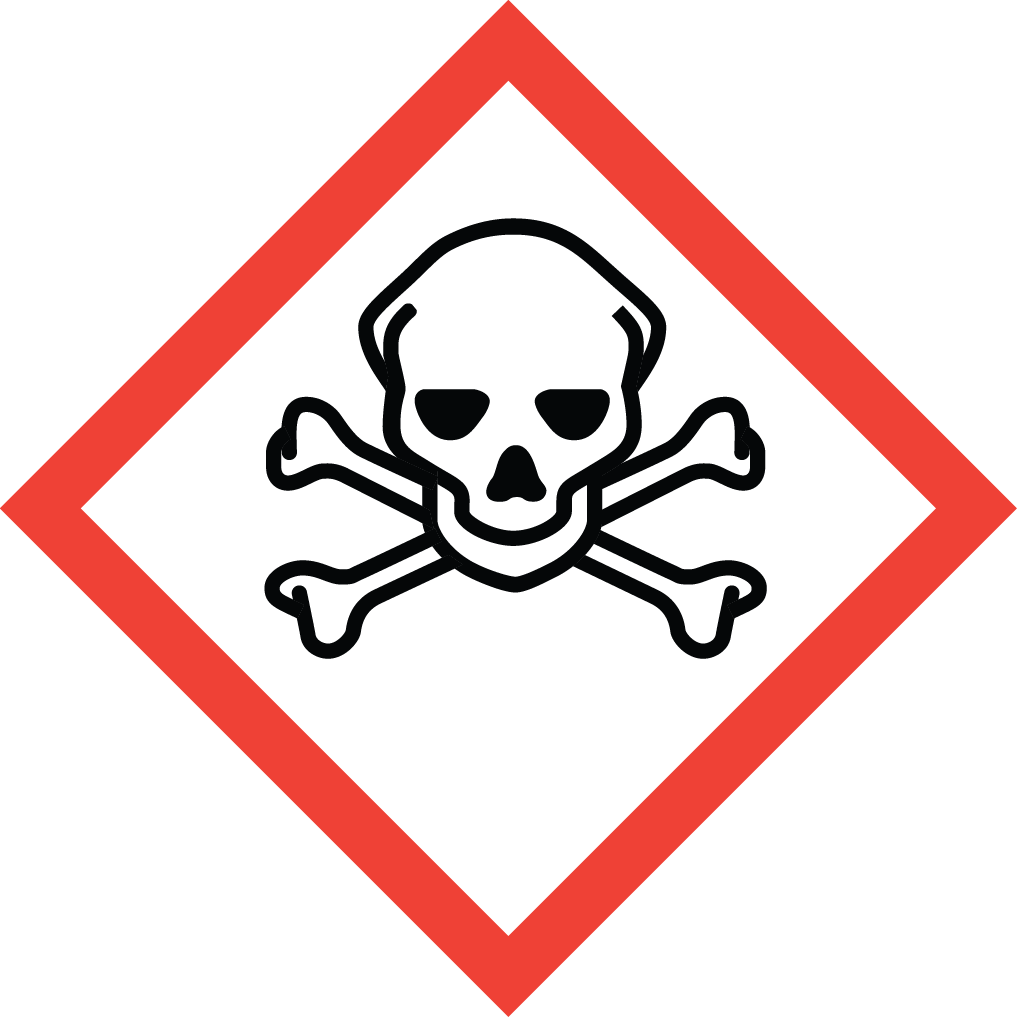Aure Chemical: Reliable Supplier of Industrial-Grade Chloroacetic Acid (CAS 79-11-8)
Aure Chemical is a leading global supplier of Chloroacetic Acid, most commonly known as Monochloroacetic Acid (MCA). This highly versatile and reactive chlorinated organic acid is a cornerstone intermediate in the chemical industry, indispensable for synthesizing a vast array of high-value products. With its unique functional groups, MCA serves as a vital building block, enabling complex chemical transformations across numerous sectors.
Basic Information of Chloroacetic Acid
Chloroacetic Acid (CAS No. 79-11-8) is produced to meet stringent quality standards, ensuring exceptional purity and consistent performance for your specialized applications:
| CAS No.: | 79-11-8 |
|---|
| EC No.: | 201-178-4 |
|---|
| Linear Formula: | C₂H₃ClO₂ |
|---|
| Molecular Weight: | 94.50 |
|---|
| Appearance: | White crystalline solid or flakes (often transported as an aqueous solution). |
|---|
| Odor: | Pungent, irritating odor. |
|---|
| Melting Point: | 61-63 °C (for alpha-MCA). |
|---|
| Boiling point: | 189 °C. |
|---|
| Solubility: | Highly soluble in water, alcohol, ether, and many other organic solvents. |
|---|
| Nature: | Extremely corrosive, highly toxic. |
|---|
| RIDADR: | UN 1750 6.1,8/ PG 2 |
|---|
| Chemical Structure: |  |
|---|
Our commitment to delivering high-purity MCA ensures reliable and efficient results for your manufacturing and synthesis needs.
Primary Applications of Chloroacetic Acid (MCA)
The high reactivity of Chloroacetic Acid, particularly due to the presence of both a carboxyl group and an activated chlorine atom, makes it an essential intermediate in diverse industries:
Cellulose Derivatives:
One of the largest applications of MCA is in the production of various cellulose ethers, primarily Carboxymethyl Cellulose (CMC). CMC is widely used as a thickener, binder, stabilizer, and water-retaining agent in food, pharmaceuticals, detergents, textiles, and drilling fluids.
Pharmaceutical Synthesis:
MCA is a critical intermediate in the synthesis of numerous active pharmaceutical ingredients (APIs), including ibuprofen, vitamins (like Vitamin B6), caffeine, and various other drug molecules, leveraging its versatile reactive sites.
Agrochemical Manufacturing:
It serves as a key building block for the synthesis of various agrochemicals, including herbicides (e.g., 2,4-D, MCPA), insecticides, and fungicides, contributing to crop protection and yield enhancement.
Dyes and Pigments:
MCA is utilized in the production of certain types of dyes and pigments, particularly indigo dyes, contributing to the vibrant colors and properties of textile and other industrial colorants.
Surfactants and Detergents:
Used in the production of betaine-type amphoteric surfactants, which find applications in shampoos, body washes, and other cleaning products due to their mildness and foaming properties.
Thioglycolic Acid Production:
MCA is a primary raw material for the synthesis of thioglycolic acid and its derivatives, which are used in cosmetics (hair perm solutions), PVC stabilizers, and petroleum refining.
Why Choose Aure Chemical for Your Chloroacetic Acid (MCA) Supply?
Aure Chemical is dedicated to providing superior chemical solutions and unparalleled customer support. By partnering with us for your Chloroacetic Acid requirements, you benefit from:
Exceptional Purity & Consistency: Our MCA is manufactured to high purity specifications, crucial for the complex synthesis processes in which it is used.
Reliable & Safe Global Supply: We maintain a robust and compliant supply chain, guaranteeing the timely and secure delivery of this hazardous yet essential chemical to your facilities worldwide. We prioritize safe handling and transport protocols.
Expert Technical Support: Our team of experienced chemists and specialists is readily available to offer comprehensive guidance on product application, safe handling, and storage of Chloroacetic Acid.
Commitment to Quality & Safety: We adhere to the highest industry standards for quality management, safety, and environmental responsibility across all our operations, ensuring peace of mind for our clients.
Choose Aure Chemical for a trustworthy and dependable supply of high-quality Chloroacetic Acid. We are ready to support your most complex chemical endeavors.
Related Articles
Hazards Classification
GHS Classification: Corrosive (GHS05), Acute Toxicity (GHS06), Environmental Hazard (GHS09)
Hazard Statements: Causes severe skin burns and eye damage; toxic if swallowed, in contact with skin, or if inhaled; very toxic to aquatic life with long lasting effects.
UN Number: UN 1750
Hazard Class: 6.1 (Toxic Substances), 8 (Corrosive Substances)
Packing Group: II
 GHS05: Corrosive
GHS05: Corrosive GHS06: Acute Toxicity
GHS06: Acute Toxicity GHS09: Environmental Hazard
GHS09: Environmental Hazard
